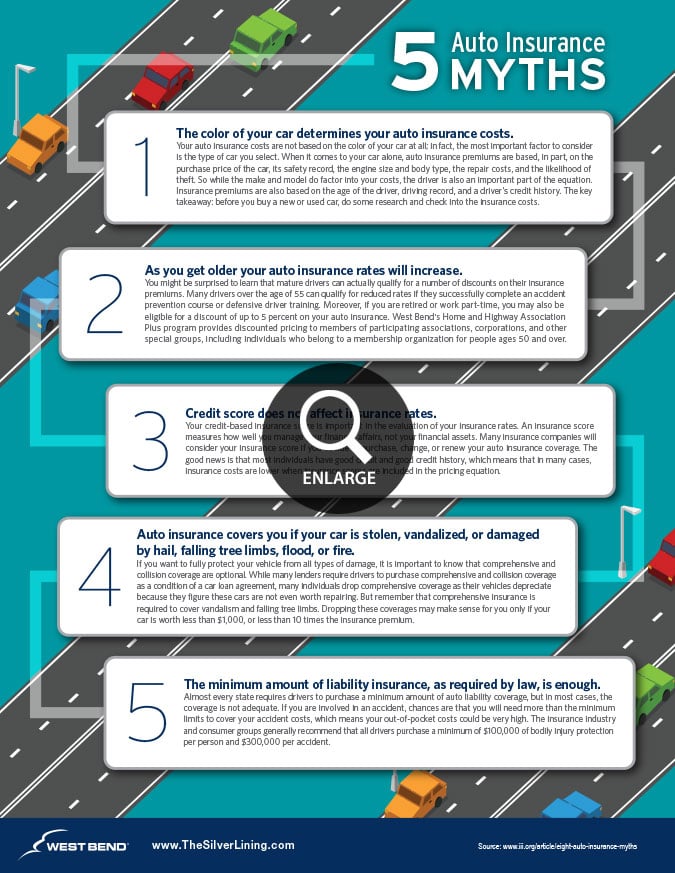Being a parent, running from activity to activity with your children can be taxing on everyone. But more than any other activity, the benefits of enrolling your children in swimming lessons cannot be overlooked. Not only do swimming lessons provide a lifesaving set of skills, it’s surprisingly good for the body and the brain.
Here are five keys reasons to consider swim lessons for your children and how you can find great swimming options for your family near you.
1. Swim lessons reduce the risk of drowning.
When it comes to the health of your children, consider the benefits of diving in the deep end. According to the Centers for Disease Control and Prevention, drowning is a leading cause of unintentional injury death among all age groups of children, but especially for children aged 1–4 years. The best way to counteract this statistic — enroll your children in swimming lessons. The American Academy of Pediatrics found that children enrolled in swimming lessons had an 88% reduced risk of drowning.
More interestingly, it is estimated that 37% of adult Americans cannot swim, according to the Centers for Disease Control. So if you fall into this minority, consider joining your children in their weekly lessons.
2. Swimming does a body good.
Swimming is a great recreational sport that can be used for many types of fitness activities and fun. Time spent in the pool works every muscle, from head to toe, and can actually help youngstersdevelop long, lean muscles and general muscle endurance. Not only that, the gentle, low-impact nature of swimming is great for growing bodies, improving flexibility, and strengthening core muscles.
3. Physical activity boosts brainpower.
There is no arguing science when it comes to the link between fitness and academic achievement. Study after study has shown that when children are active, their test scores and overall academic achievement increases. In fact, researchers have found that math scores, in particular, can improve greatly when young children engage in physical fitness activities, whether it is swimming or just playing a game of tag.
4. Low cost to get started.
Unlike other sports and recreational activities, swimming requires very little investment in equipment. Most people own a swimsuit, and that is usually all you need to get started. If your child progresses in the sport, you may need to invest in a good pair of goggles and a swim cap, but the cost comparison to other individual and team sports is substantially lower.
5. Kids who swim get the benefits of individual and team dynamics.
Sports and physical activities push children out of their comfort zones when it comes to competing, physical capabilities, and working as a team. Recreational swimming provides independent and group challenges, encouraging children to hone their individual skills and work together to help one another in games and group activities. Competitive swimming has many event options, including both individual and team races. So regardless of the activities or the level of competition your children choose to participate in, swimming can provide great skill development when it comes to confidence, teamwork, encouragement, and friendly competition.
How To Find Swimming Lessons Near You
Finding the right location to enroll your children in swimming lessons doesn’t need to be difficult. Check out these great local options near you.
Find Your Local YMCA
With a focus on the community, many YMCA’s offer a variety of educational and sports activities for youth. Find a YMCA in your local community using the handy search option on the homepage of theYMCA USA website. Once you pinpoint the locations near you, determine if your local YMCA has a pool and check out their class schedules.
Check Your Local Recreation Department
Many local recreational departments offer swimming lessons at high schools and community pools. Many communities have a Seasonal Recreator or Program Guide, which outlines the upcoming activity and sport schedules offered to local residents. Check out your local recreation department to see if they offer classes for youngsters in your area. Be aware that some smaller communities join together and offer services at a central community location.
Private Swimming Schools
As with many sports nowadays, there has been an increase in the number of privately-run institutions. Swimming schools are no exception. While the costs are often higher at a private swim school, you know you are getting true expertise with highly-trained staff and facilities dedicated solely to swimming education. Use your local Google search to find swim schools in your area.
Swimming offers many great benefits for your children. I wish you the best of luck as you search for the right swimming options for your family.
SOURCE: West Bend, Scott Stueber on Mar 1, 2016 9:00:00 AM
